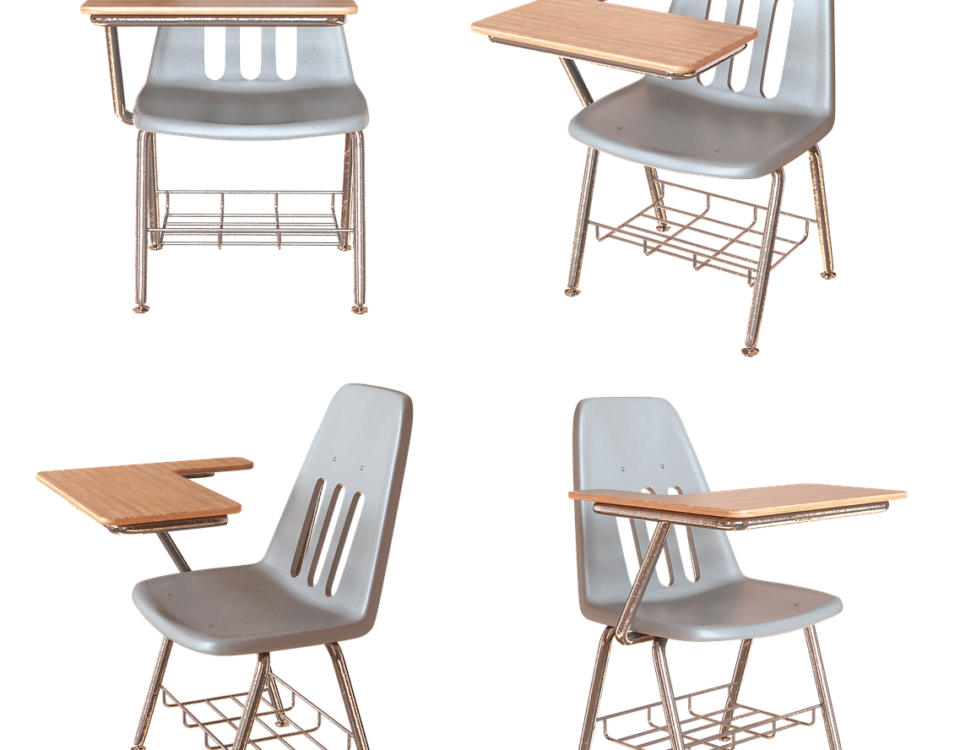Basic Principle of Laser Near-Forming Technology

DirectTool™ Process: Materials Used for Rapid Tooling
February 18, 2025
Features of Laser Near-Forming Technology
February 18, 2025Laser Near-Forming technology is an advanced manufacturing process based on general rapid prototyping principles. The technology enables the creation of high-precision three-dimensional (3D) metal components through a process of laser fusion and material deposition. The basic process involves several steps that combine 3D CAD modeling, laser melting, and metal powder deposition, resulting in the creation of dense, high-quality metal parts.
Step-by-Step Process of Laser Near-Forming Technology
- 3D CAD Model Creation: The first step in the process is to create a digital 3D model of the part using computer-aided design (CAD) software. This model represents the precise dimensions and features of the component to be produced.
- Slicing the 3D Model: Once the 3D CAD model is ready, it is sliced into thin layers according to a specific thickness. This slicing process converts the 3D data into a series of 2D contour profiles, which are essential for guiding the laser as it works layer by layer to build the final part.
- Metal Powder Delivery and Laser Fusion: The sliced 2D contour data is then fed into the system, where metal powder is delivered and fused layer by layer. A laser beam melts the metal powder, creating a molten pool on the deposition surface. As the laser moves along the path defined by the 2D profiles, the metal powder is deposited and solidifies to form each layer of the component.
- Layer-by-Layer Deposition: After the laser beam moves along its path, the metal powder quickly solidifies, and the material is deposited to form the desired part. The process repeats layer by layer, with each new layer of metal powder adhering to the solidified material beneath it, building up the component in a controlled manner.
- Formation of Dense 3D Metal Parts: As each layer is deposited and solidified, the final result is a dense and precise 3D metal part. The precision and material properties of the finished component depend on the accuracy of the laser system, the quality of the metal powder, and the precision of the slicing process.
Precision of Laser Near-Forming Technology
- XY Plane Precision: In the XY plane, which defines the lateral movement of the build platform, the precision of the forming process is incredibly fine, reaching 0.05mm. This high level of accuracy ensures that intricate and complex shapes can be reproduced with great detail.
- Z-Axis Precision: The vertical movement (Z-axis) in the laser near-forming process is also critical. The precision in this direction is 0.5mm, which is sufficient for most applications but reflects the inherent challenges of vertical layer-by-layer deposition.
Key Features of Laser Near-Forming Technology
- High-Quality Metal Parts: By utilizing the laser to melt and fuse metal powder, the process ensures the production of high-quality, dense metal components that maintain excellent mechanical properties.
- Layered Manufacturing: The method of building up the part layer by layer, based on 2D contour profiles, allows for the precise formation of complex shapes and geometries, which are difficult or impossible to achieve with traditional manufacturing techniques.
- Efficient Material Use: Unlike traditional subtractive methods, which waste material by cutting away from a solid block, Laser Near-Forming only uses the required amount of metal powder, significantly reducing material waste and improving overall efficiency.
Conclusion
Laser Near-Forming technology combines the versatility of rapid prototyping with the precision of laser melting, resulting in a powerful tool for creating high-quality, custom metal parts. With the ability to produce complex geometries with high precision and low material waste, this technology is revolutionizing industries that require precise metal components, including aerospace, automotive, and medical device manufacturing. By following the principles of 3D CAD modeling, slicing, and laser-powered powder deposition, Laser Near-Forming offers a highly efficient and effective way to produce durable, high-precision metal parts.


